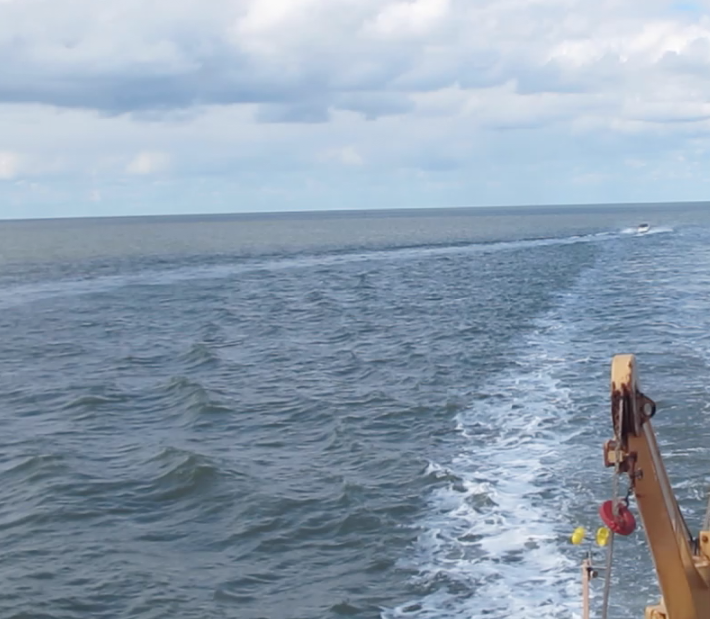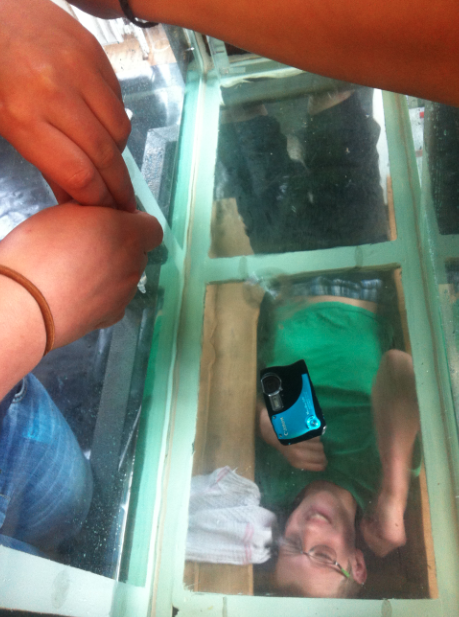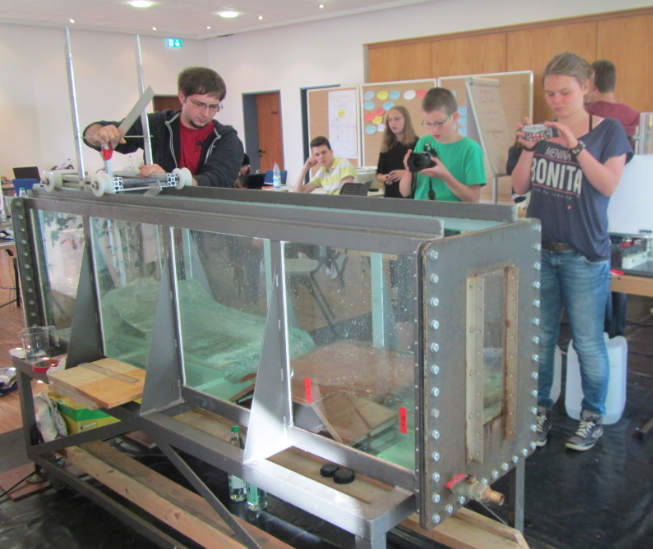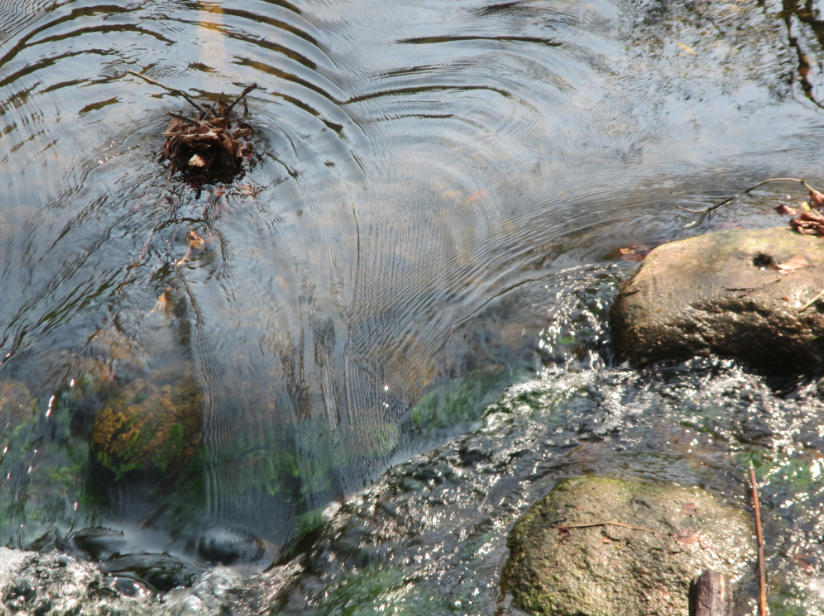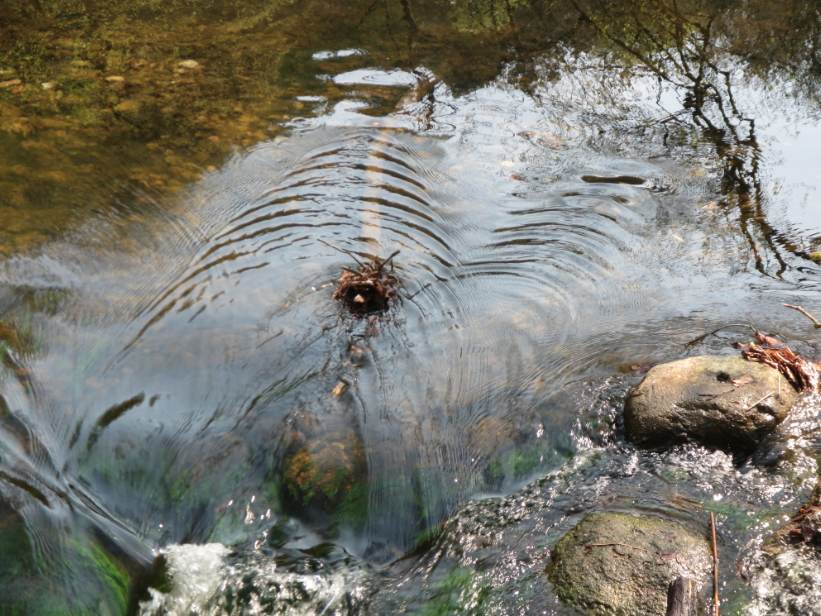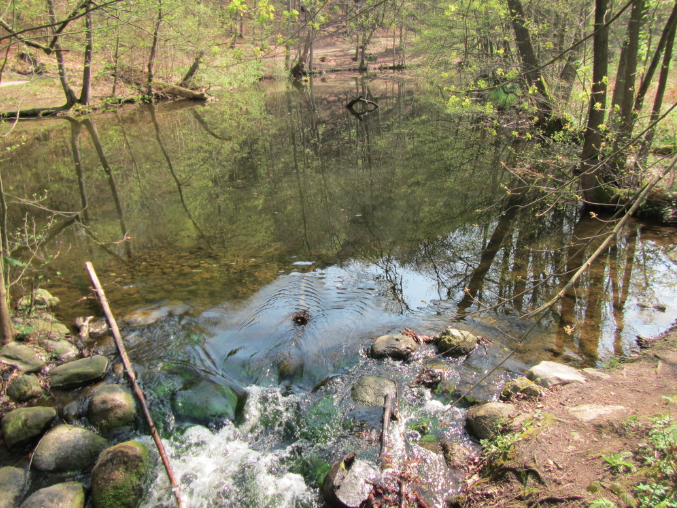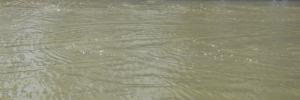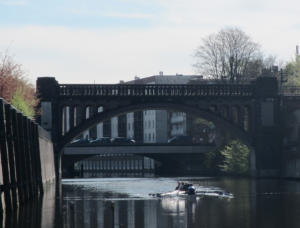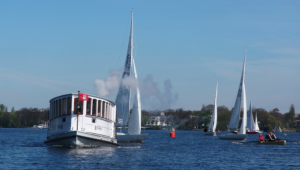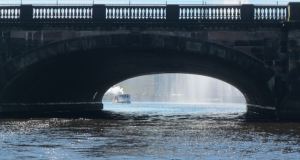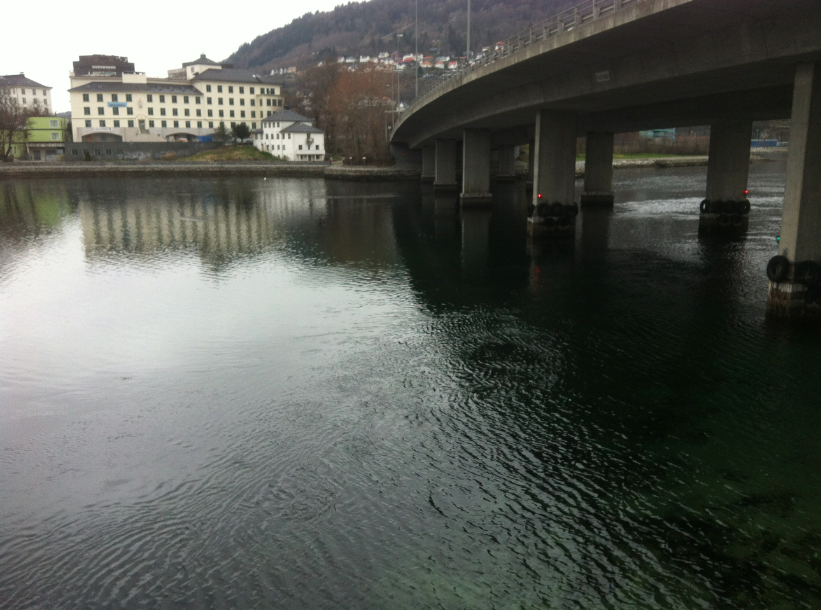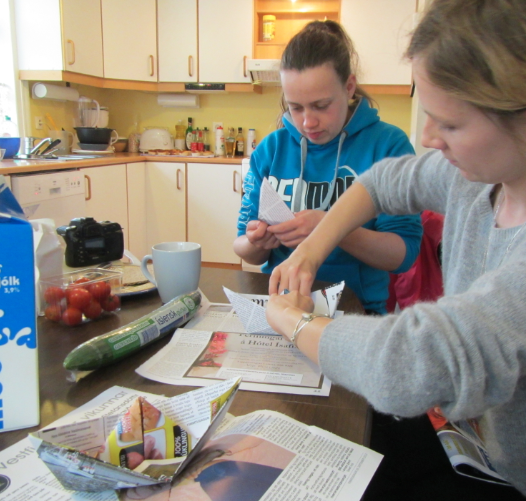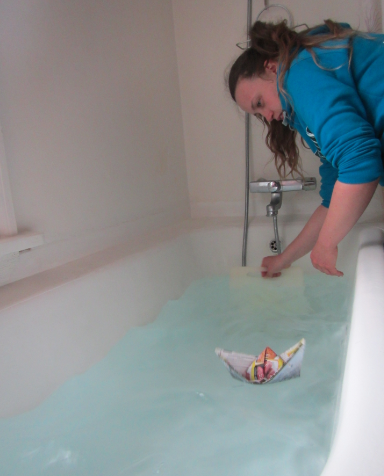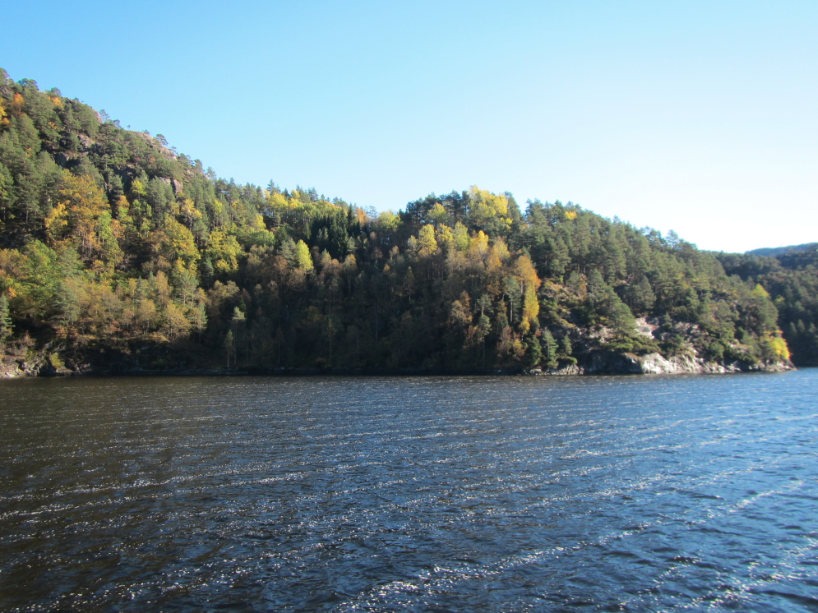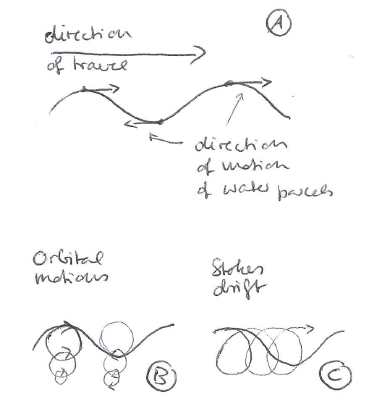“At sea” in quotes, because technically we were at the mouth of the Weser river… But still! (deutscher Text unten)
The really exciting thing working with the kids here at the JuniorAkademie is that they are really good at transferring things that we talk about theoretically to what they see in a tank experiment, and even to what they see on the “real ocean”.
The day before we went on the student cruise, we did the wave interference experiments described here and here. But then “at sea” they saw a situation similarly to the one I filmed and posted below and they got so excited to see the same phenomena for real. One kid said that before, he couldn’t see the waves for the wave (alluding to not being able to see the wood for the trees), but that it was so cool to look at the water and see so much physics. Those are the moments we teach for, aren’t they? :-)
Das wirklich spannende daran, hier bei der JuniorAkademie zu unterrichten ist, dass die Jugendlichen sehr gut darin sind, das theoretisch erlernte Wissen (wobei wir uns sehr bemühen, nicht über Theorie an die Dinge heran zu gehen!) auf praktische Situationen zu übertragen und die Phänomene wieder zu erkennen – sowohl im Tank als auch “auf See”. “Auf See” in Anführungszeichen, weil die Wesermündung natürlich noch nicht so richtig zur See zählt, aber immerhin.
Am Tag vor der Ausfahrt haben wir die Interferenzexperimente gemacht, die ich hier und hier beschrieben hatte. Aber dann “auf See” waren mehrere Jugendliche wirklich begeistert, als sie eine Situation beobachtet haben die so ähnlich war wie die, die ich gefilmt habe (Siehe Film unten). Ein Teilnehmer sagte, dass er vor unserem Workshop “die Wellen vor Wellen nicht” gesehen habe, in Anlehnung an “den Wald vor Bäumen nicht sehen”. Jetzt aber sei er total begeistert und fasziniert davon, aufs Wasser zu gucken und so viel Physik zu sehen. Das ist ja eigentlich das beste Kompliment, das wir als Lehrer bekommen können.
[vimeo 104339641]